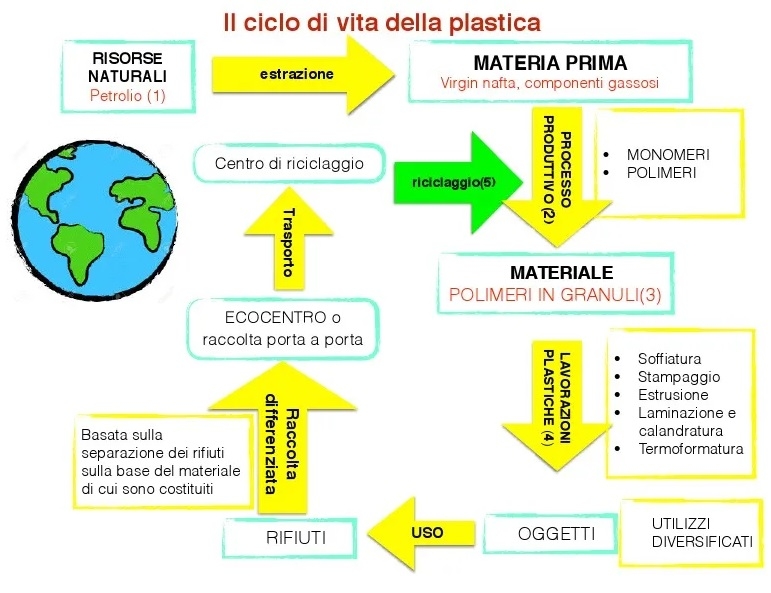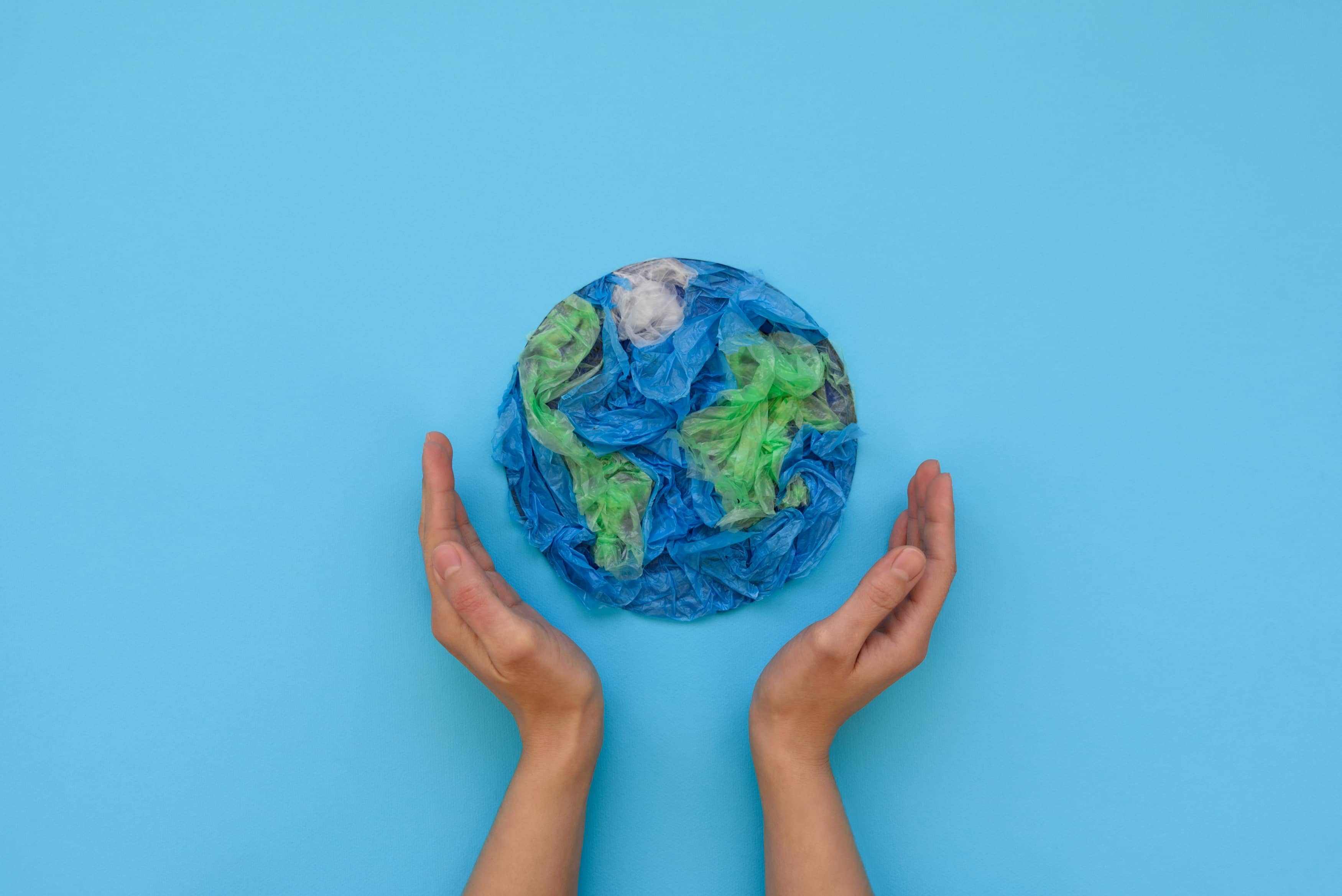22 February 2022
Life cycle of plastics: how does it work?
From raw material production to precessing, from use to recycling: everything you need to know about the lifecycle of plastic
Plastic is one of the most widely use, durable and long-lasting materials. Thanks to its special characteristics and properties, such as lightness, versatility and strength, as well as its high level of hygiene and food compatibility, it can be used in a wide range of industries: from packaging to construction, from transport to electronics, from cosmetics to food.
 +39 0376 391192
+39 0376 391192



